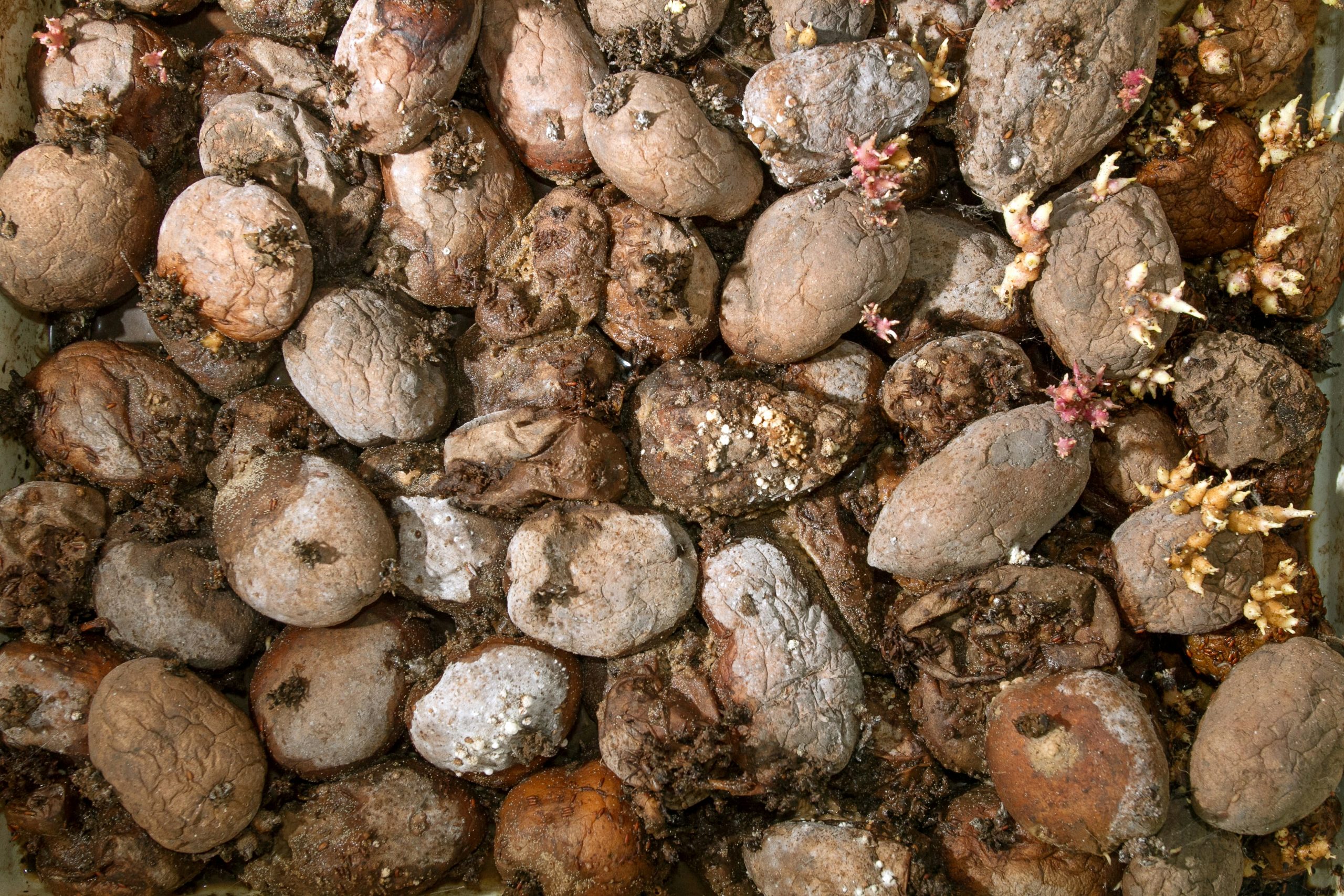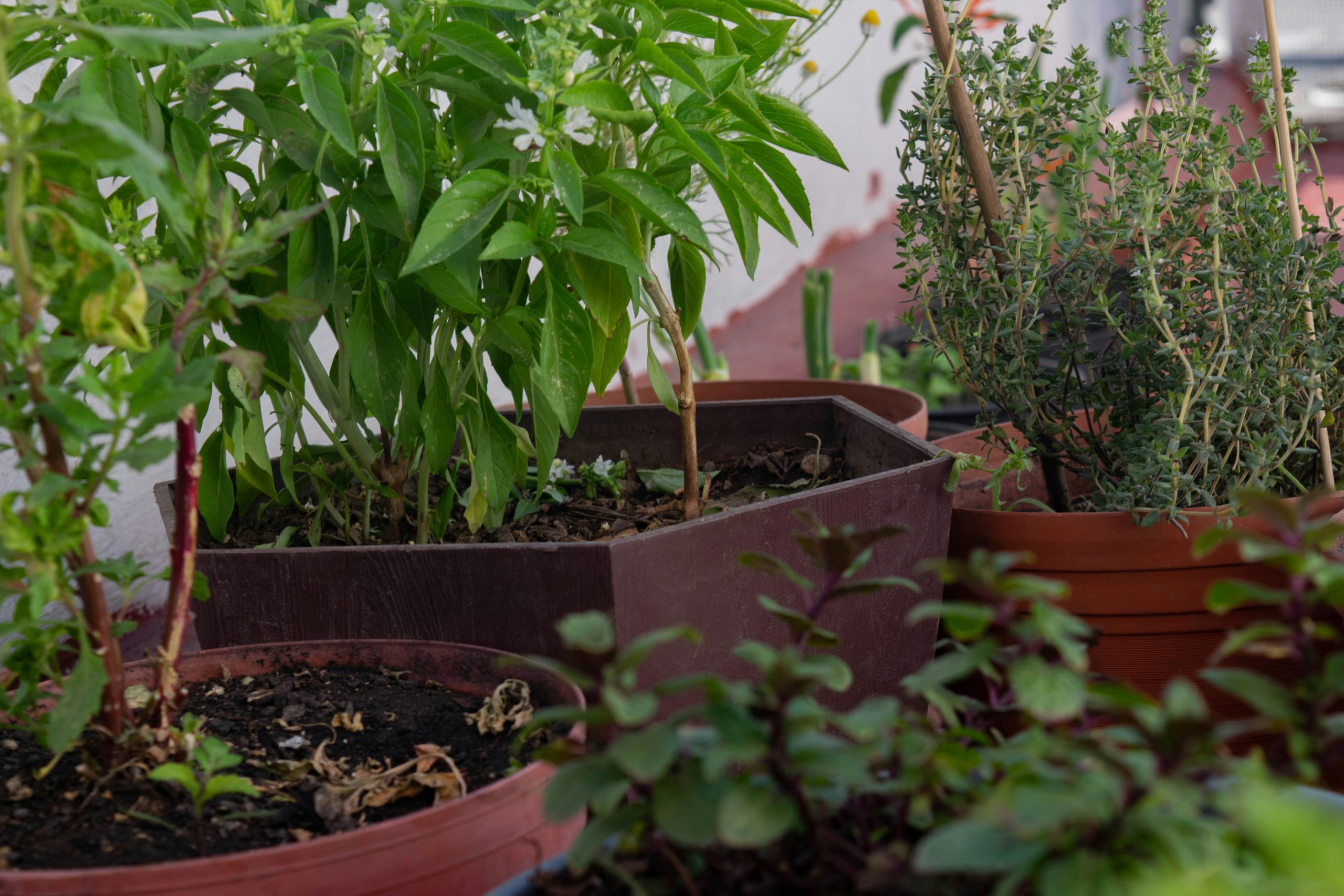Can I Compost Wood Ash?”
In our daily quest to live more sustainably, we often stumble upon the question of composting wood ash. Understanding what makes good compost is crucial for gardeners and eco-conscious folks alike. Fortunately, wood ash can indeed be composted, offering nutrients such as potassium and calcium. However, it’s essential to use it sparingly and know the types of wood burned, as some ashes may contain harmful substances. Let’s dive into the dos and don’ts of adding wood ash to our compost piles, ensuring we make the most of this often-overlooked resource. Have you ever wondered, “Can I compost wood ash?” If so, you’re not alone! Many of us are on a quest to make our gardens as eco-friendly as possible, and understanding what we can toss into our compost is a big part of that.
Wood ash might seem like an odd addition, but it can actually offer a lot of benefits if used correctly. In this friendly and detailed guide, we’ll dive deep into the world of composting wood ash, uncovering its benefits, drawbacks, and the best practices to make the most of this often-overlooked resource.

What Is Wood Ash?
Before we get into whether we can compost wood ash, let’s understand what it is. Wood ash is the powdery residue left after the combustion of wood materials. This can come from your fireplace, wood stove, or even your outdoor fire pit.
Composition of Wood Ash
Wood ash contains several minerals that can benefit plants and soil. Here’s a breakdown:
| Mineral | Percentage |
|---|---|
| Calcium Carbonate | 20-70% |
| Potash (K2O) | 5-20% |
| Phosphorus (P2O5) | 1-4% |
| Magnesium Oxide | 1-5% |
| Micro-nutrients | Small % |
Knowing this composition helps us see that wood ash isn’t just waste—it’s a potential garden goldmine!
Benefits of Composting Wood Ash
Improves Soil pH Balance
Wood ash can help neutralize acidic soils due to its calcium carbonate content, similar to garden lime. This can be particularly useful for those of us dealing with clay-heavy or acidic soils.
Adds Essential Nutrients
The potassium and phosphorus in wood ash are essential for plant growth. Potassium helps with flowering and fruiting, while phosphorus supports root development. Including these nutrients in our compost can boost the overall quality of our garden.
Helps with Compost Decomposition
Wood ash can act as a compost accelerator. The added alkalinity can speed up the breakdown of organic matter, making our composting process more efficient.
Considerations and Cautions
While the benefits are clear, there are some important considerations to keep in mind when composting wood ash.
Quantity Matters
Using too much wood ash can backfire. High alkalinity can harm compost microorganisms and disrupt pH balance. As a rule of thumb, wood ash should make up no more than 5% of your compost pile.
Avoid Contaminants
Only use ash from untreated wood. Ash from painted, stained, or pressure-treated wood can contain harmful chemicals that could end up in your compost and, subsequently, your garden.
Soil Testing
To understand how much wood ash our soil needs, it’s helpful to conduct a soil pH test. These tests can guide us on whether our soil actually requires an alkaline boost.
Plants That Love Alkaline Soil
Not all plants thrive in alkaline soil. Here’s a list to help identify which plants in our garden might benefit from wood ash:
| Love Alkaline Soil | Prefer Acidic to Neutral Soil |
|---|---|
| Lavender | Blueberries |
| Garlic | Azaleas |
| Spinach | Rhododendrons |
| Asparagus | Potatoes |
| Lilacs | Strawberries |
Understanding our garden’s needs helps us apply wood ash more effectively.
How to Compost Wood Ash
Collecting and Preparing Wood Ash
The first step is collecting ash from a safe source. Make sure it’s cool and free from large chunks of charcoal.
- Cool Down: Ensure the ashes are completely cool before handling.
- Sift: Remove any large chunks of charcoal or unburned wood pieces.
- Store Safely: If you can’t add them to the compost right away, store the ashes in a metal container with a lid to prevent any risk of fire.
Adding Wood Ash to Compost
- Layering: Sprinkle wood ash thinly across layers of compost materials. This helps in even distribution.
- Mixing: Mix wood ash into the compost heap rather than leaving it in layers.
- Balancing Browns and Greens: Ensure you have a good mix of ‘greens’ (nitrogen-rich materials like vegetable scraps) and ‘browns’ (carbon-rich materials like leaves).
Monitoring and Maintenance
- Check pH Levels: Regularly check the pH levels of your compost. A pH around 6.5-7.0 is optimal.
- Aeration: Turn your compost regularly to aerate it and speed up the decomposition process.
- Moisture: Keep your compost moist but not wet. Wood ash can dry out compost, so adjust moisture levels accordingly.

Using Compost with Wood Ash in Your Garden
When and How to Apply
Once your compost with wood ash is ready, it’s time to use it in your garden!
- Spreading: Spread the compost layer evenly over your garden beds.
- Incorporation: Use a rake or hoe to mix the compost into the top few inches of soil.
- Timing: Apply compost during the growing season or as a side dressing during the growing stages of your plants.
Plant Responses
Keep an eye on plant responses to the compost. Plants that thrive in alkaline conditions may show vigorous growth, while those preferring acidic soil might need adjustments or alternative compost solutions.
Common Questions
Is Wood Ash Safe for All Types of Compost?
Generally, yes, but avoid adding ashes from treated or painted wood. These can introduce harmful chemicals to the compost.
Can Wood Ash Be Used Directly on Plants?
While it can be used sparingly, direct application is often too harsh for plants. Incorporating wood ash into compost before applying it to your garden is generally the best practice.
What is the Shelf-Life of Wood Ash?
Wood ash doesn’t spoil, but it can absorb moisture and carbon dioxide from the air, affecting its effectiveness. Store in a dry, sealed container for best results.
How Do I Know If I’ve Added Too Much?
If your compost pile starts to smell like ammonia or you notice plant health issues, you may have added too much ash. Reduce further additions and balance with other compost materials.

Conclusion
So, can we compost wood ash? Absolutely, but with some careful considerations. By understanding the composition, benefits, and potential drawbacks, we can make informed decisions to enhance our garden’s health. Remember that moderation is key—small, balanced additions of wood ash can pave the way to a thriving, fruitful garden.
Let’s embrace the full potential of wood ash in our composting journey, ensuring our gardens flourish while we continue being earth-friendly stewards. Happy composting, everyone!



